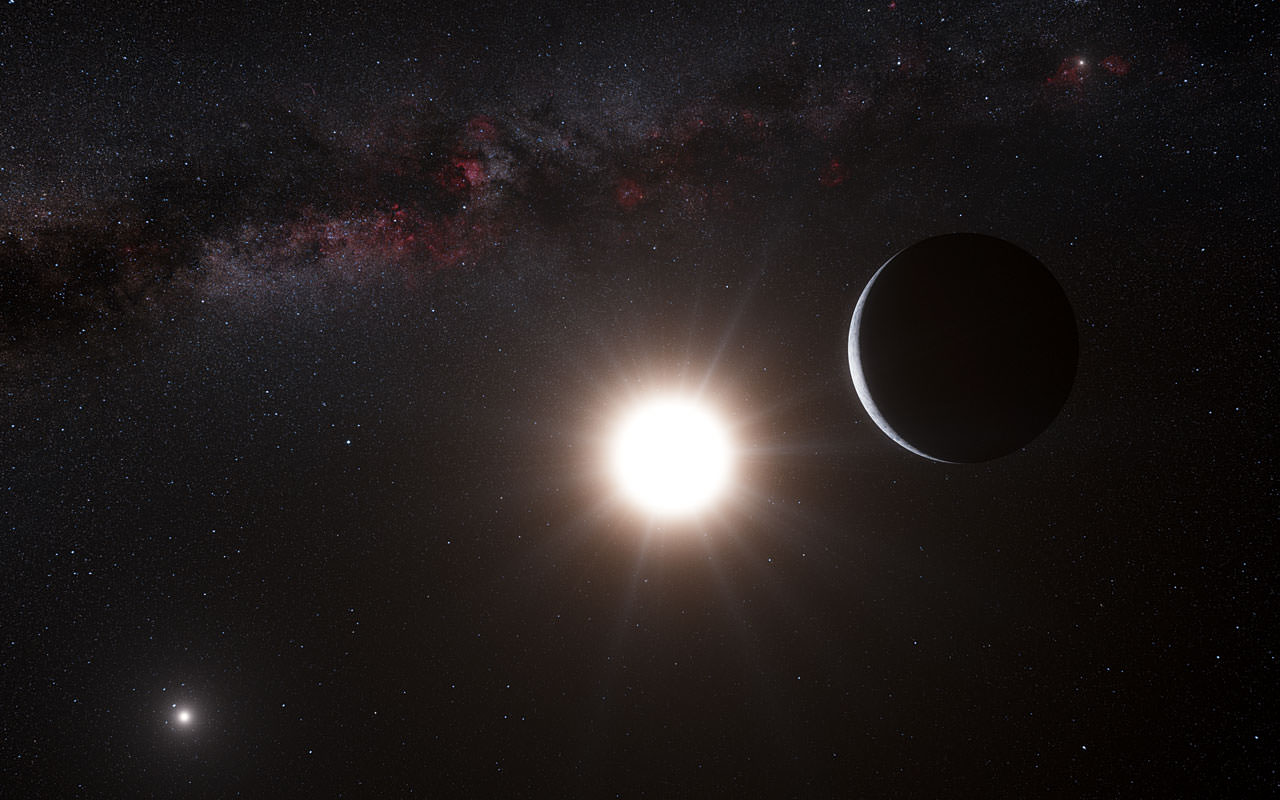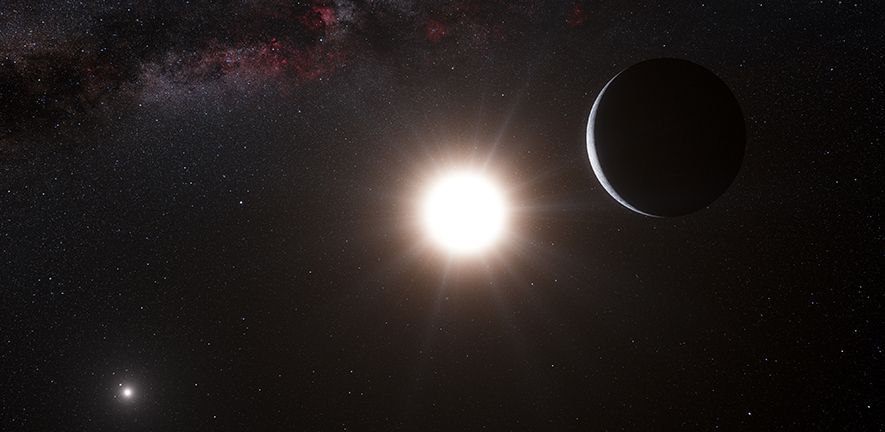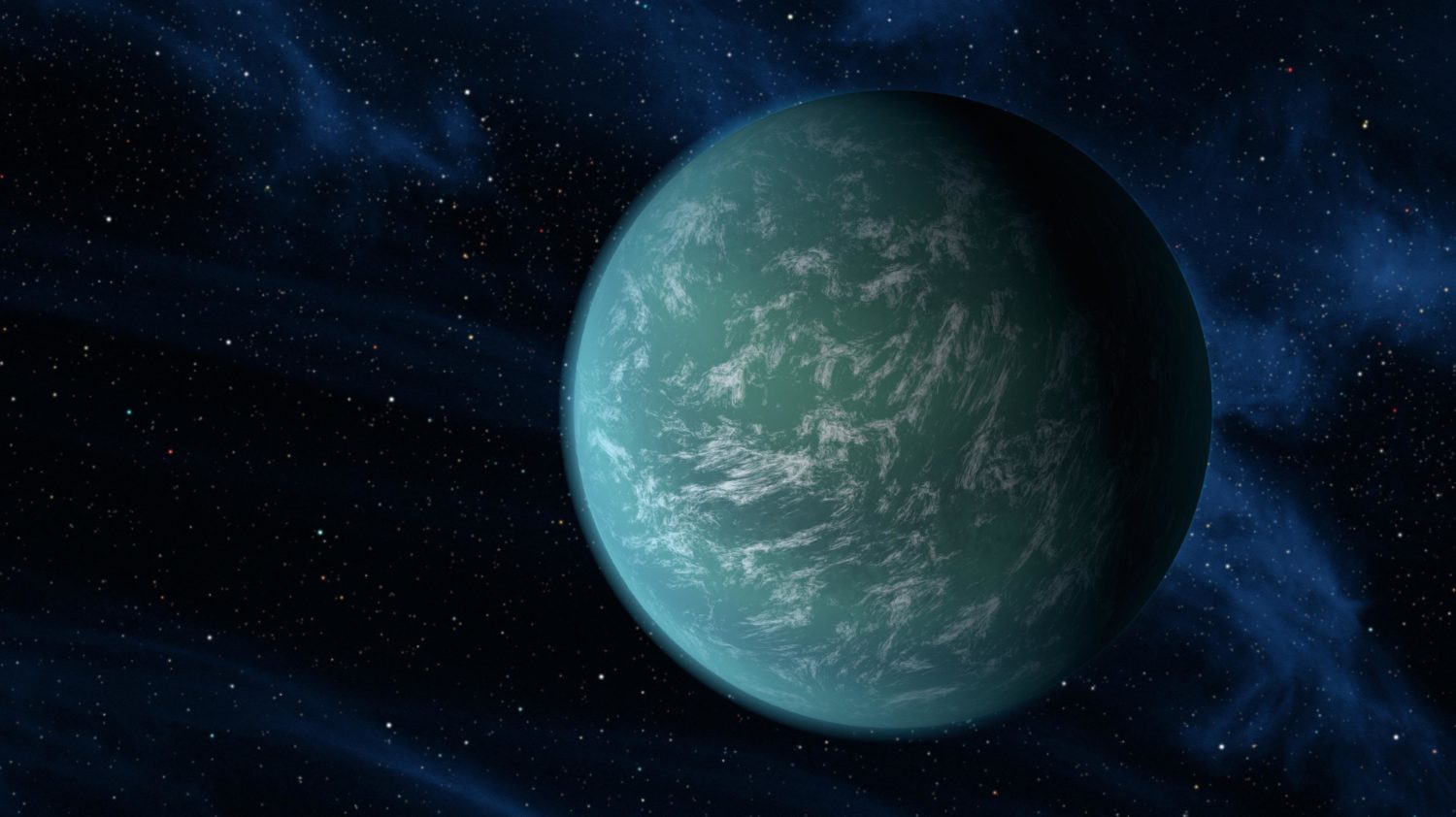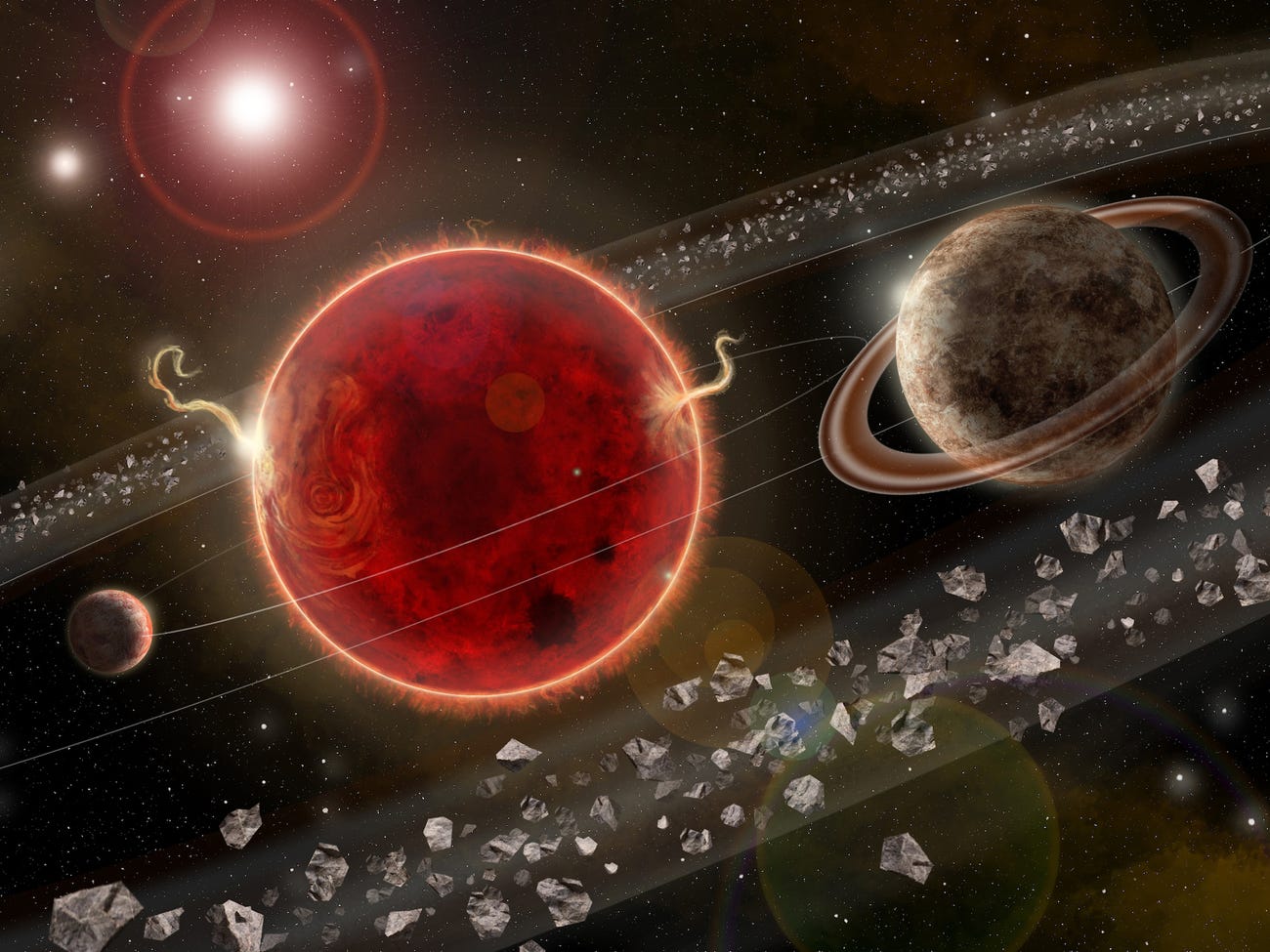Alpha Centauri is our closest stellar neighbor, a binary star system located just 4.376 light-years away. Despite its proximity, repeated astronomical surveys have failed to find hard evidence of extrasolar planets in this system. Part of the problem is that the system consists of two stars orbiting each other, which makes detecting exoplanets through the two most popular methods very challenging. In 2019, Breakthrough Initiatives announced they were backing a new project to find exoplanets next door – the Telescope for Orbit Locus Interferometric Monitoring of our Astronomical Neighbourhood (TOLIMAN, after the star’s ancient name in Arabic).
This low-cost mission concept was designed by a team from the University of Sydney, Australia, and aims to look for potentially-habitable exoplanets in the Alpha Centauri system using the Astrometry Method. This consists of monitoring a star’s apparent position in the sky for signs of wobble, indicating that gravitational forces (like planets) are acting on it. Recently, the University of Sydney signed a contract with EnduroSat, a leading microsatellites and space services provider, to provide the delivery system and custom-built minisatellite that will support the mission when it launches.
Continue reading “A New Mission Will Search for Habitable Planets at Alpha Centauri”







